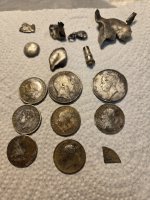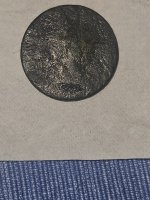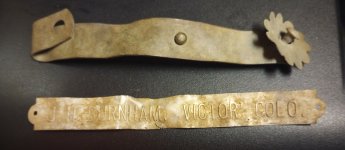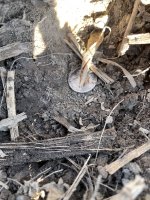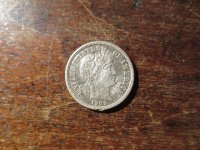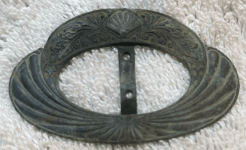I started knapping in ‘85. I was self taught for the first few yrs. No teachers or books. I figured out how to pressure flake and started making Cahokia points. These were probably made around ‘87. By then I had found a source of Burlington flint near the IL River. My stash of points quickly grew and I thought I’d use them for something. My dad worked the oak wood into shape and I epoxied the points on. It’s been hanging in our kitchen for 30+ yrs.

Last edited:




